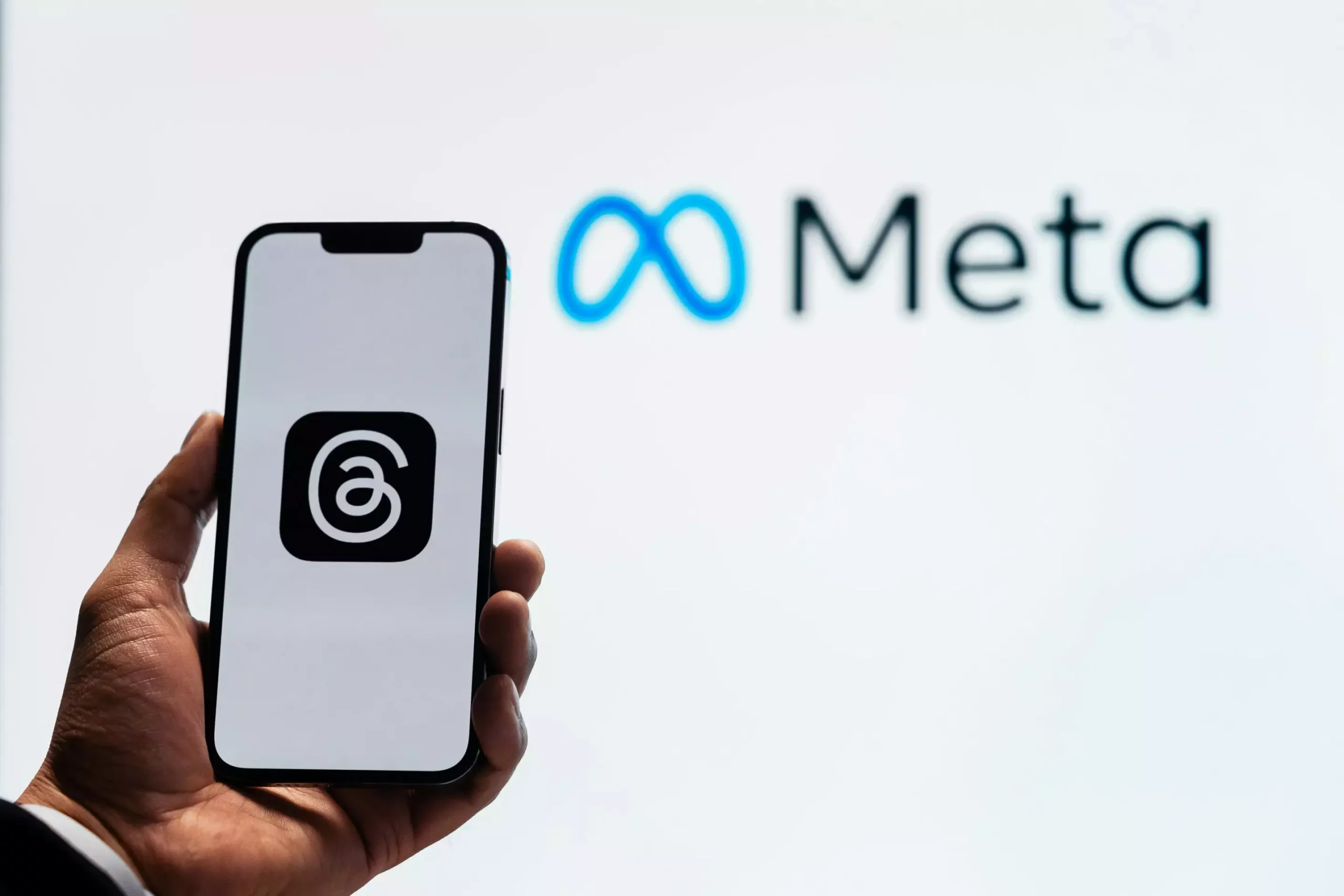In the realm of artificial intelligence (AI), a fierce debate is taking place between those advocating for open-source AI and those supporting closed-source AI. Companies are divided on whether to keep their datasets and algorithms private or to make them public for transparency and collaboration. This clash raises important questions about the future of AI development and accessibility.
Open-source AI champions like Meta are leading the charge by releasing large AI models to the public. For instance, Meta’s Llama 3.1 405B is hailed as the first frontier-level open-source AI model. This move towards openness allows for greater scrutiny, collaboration, and innovation within the AI community. By making datasets and algorithms accessible to all, open-source AI promotes transparency and inclusivity in the development process.
On the other side of the spectrum, closed-source AI companies like OpenAI withhold their datasets and codes, citing proprietary concerns. While this approach protects intellectual property and profits, it hinders accountability and trust in the AI ecosystem. Closed-source AI also limits innovation and creates dependencies on a single platform, stifling competition and growth in the field.
Closed-source AI models pose ethical challenges related to fairness, accountability, and transparency. Without visibility into the underlying datasets and algorithms, regulators struggle to audit these systems effectively. Concerns also arise regarding data privacy and potential biases embedded in closed-source AI. The lack of external oversight in proprietary systems raises questions about their ethical implications and long-term impact on society.
While open-source AI promotes collaboration and transparency, it also introduces new risks and challenges. Quality control in open-source products may be lower, exposing them to cyber threats and misuse. Hackers can exploit open-source code and data for malicious purposes, posing security risks to users and organizations. Balancing the benefits of transparency with the risks of vulnerability is a key challenge in the development of open-source AI.
Meta’s commitment to open-source AI sets a precedent for other companies to follow. By releasing large AI models like Llama 3.1 405B to the public, Meta aims to democratize AI development and level the playing field for researchers and startups. While not without limitations, Meta’s open-source initiatives show promise in advancing digital intelligence for the greater good of humanity.
To ensure the ethical development and responsible use of AI, three pillars must be upheld: governance, accessibility, and openness. Regulatory frameworks, affordable computing resources, and open datasets are essential for fostering a fair and transparent AI landscape. Collaboration between government, industry, academia, and the public is crucial in achieving these objectives and shaping a future where AI serves the collective good.
As we navigate the complexities of open-source and closed-source AI, critical questions remain about intellectual property rights, innovation, and ethical considerations. Finding the right balance between transparency and protection, openness and security, is key to realizing the full potential of AI as an inclusive tool for all. The future of AI development is in our hands – will we rise to the challenge and steer it towards a more equitable and transparent path?


Leave a Reply